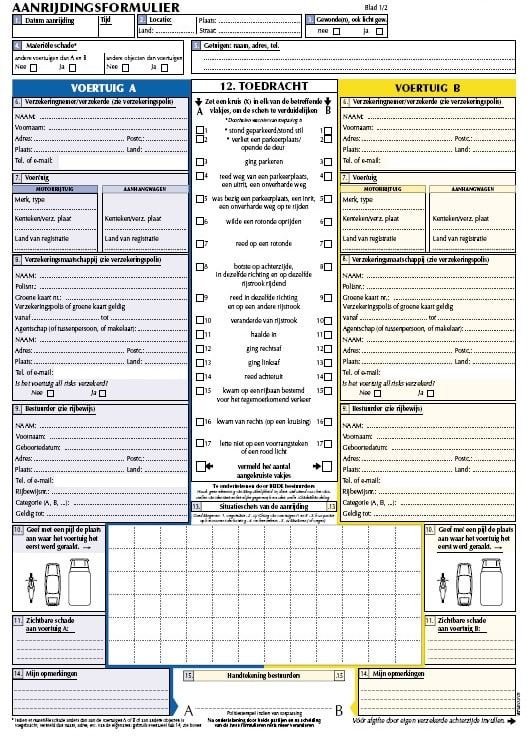Discover how debts are divided in a divorce. Arslan Advocaten helps you with legal support and fair agreements about debts.
When you decide to divorce, the presence of debts can make the situation extra complicated. Debts have a major impact on your daily life and can even increase the pressure on your relationship. Whether you have been considering divorce for some time or the debts are a new factor, it is important to know how to approach this situation in a fair way.
At Arslan Advocaten we understand how complex divorces involving debts can be. In this article, we provide an overview of the key issues you should take into account in a divorce with debts.
Contents:
- Debts during the divorce
- Step-by-step plan for divorce and debts
- Making agreements about paying debts
- Legal assistance with debts and divorce
1. Debts during the divorce
In a divorce, you and your (ex-)partner must make arrangements about the division and payment of debts. Whether you are dealing with payment arrears, loans, student loans, or mortgages, the division of debts must be clearly laid down. The type of relationship you had plays an important role in the division of these debts.
Examples of common debts in a divorce:
- Payment arrears (e.g., with online stores such as Bol.com or on credit cards)
- Mortgage debts
- Personal loans or credit
- Student loans
- Lease contracts
2. Step-by-step plan for divorce and debts
Step 1: Determine the type of relationship
Depending on your type of relationship, liability for debts may differ. Are you married in community of property, with prenuptial agreement, or are you cohabiting with or without a contract? This determines who is responsible for the debts.
- Community of property (before 2018): You and your (ex-)partner are jointly liable for all debts, regardless of whether they arose before or during the marriage.
- Limited community of property (after 2018): Debts from before the marriage remain private, but joint debts during the marriage are shared.
- Prenuptial agreement: You are only liable for debts if this has been explicitly agreed in the prenuptial agreement.
Step 2: Create an overview of the debts
It is important to map out all debts, including the monthly repayments, interest rates, and terms. This helps in dividing the financial responsibilities.
Step 3: Making agreements on the division of debts
Once the debts are clear, you can make agreements about who will pay which debt. This can become complex if you are jointly and severally liable, which means the creditor can hold both partners accountable for the full debt. Make sure you make clear agreements and record them in writing.
3. Making agreements on the payment of debts
You and your (ex-)partner can reach agreements together about the division of the debts. These agreements may differ from the legal liability, but note that the creditor must accept these differing agreements for them to be legally valid. If necessary, a mediator can help with drafting these agreements.
4. Legal assistance with debts and divorce
At Arslan Advocaten we help you make clear and fair agreements about debts during the divorce. Our experienced lawyers ensure that all agreements are properly recorded and legally watertight. We guide you through the entire process and make sure that you do not encounter any unpleasant surprises.
Do you have questions or would you like legal support for your divorce and debts? Then contact one of our experienced lawyers. We are happy to help you further.







